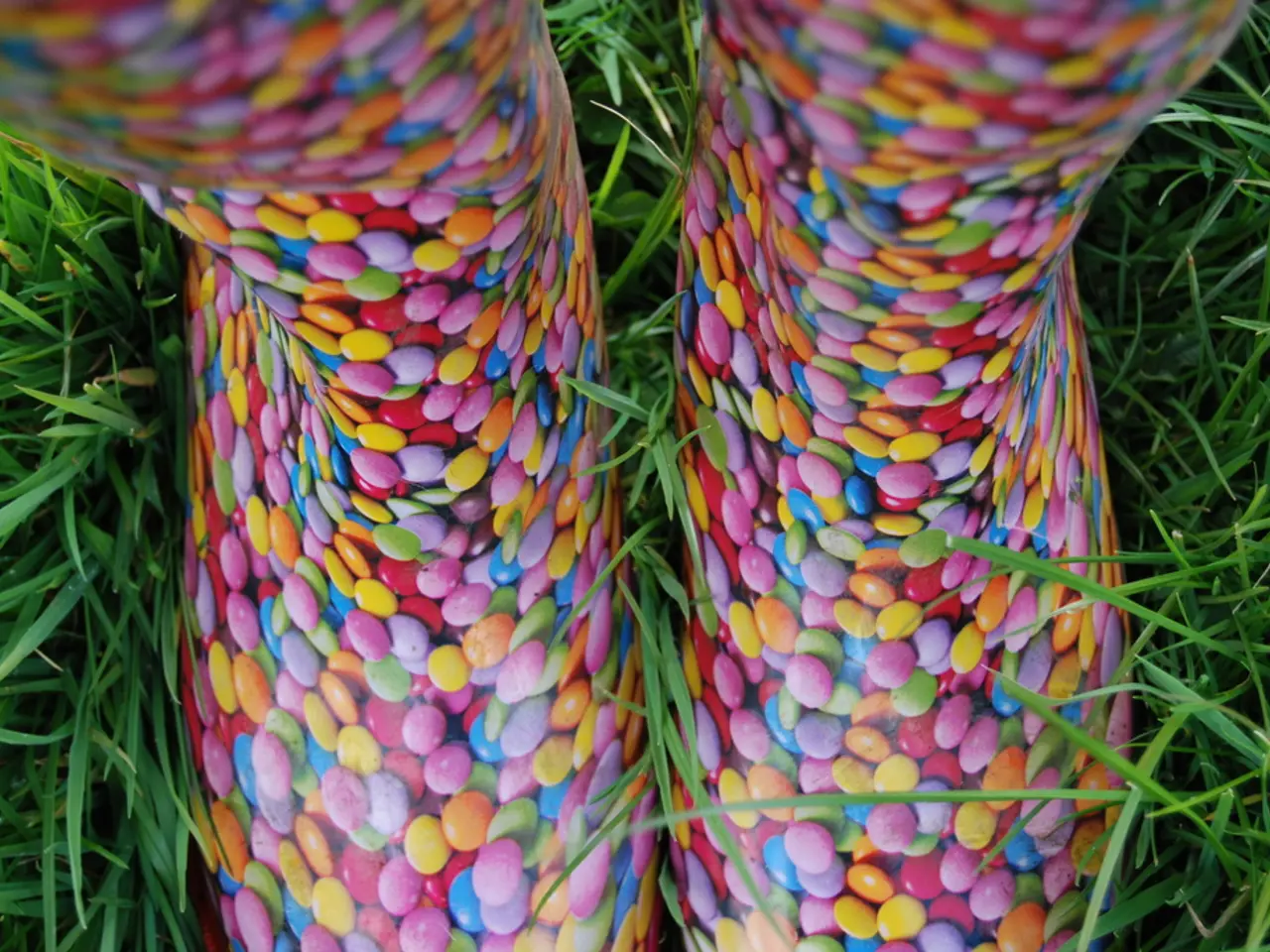Gemstone Guide: Rubies for Individuals Born in July Month
Rubies, the iconic red gemstones, have held deep historical significance as symbols of passion, power, protection, and status across many cultures for thousands of years. Known as *ratnaraj* or "king of precious stones" in ancient India, rubies were prized above diamonds and worn by Indian royalty and warriors for protection and good fortune. This tradition was echoed in Burma (Myanmar), where warriors even embedded rubies under their skin for invincibility in battle. In China, rubies adorned armor and were buried with emperors as protection in the afterlife. Medieval Europeans believed rubies could signal danger by changing color and wore them to ensure health, wisdom, and success in love[1][2][3][4].
### Key Characteristics of Rubies
Rubies are a variety of the mineral corundum, primarily composed of aluminum oxide, with chromium providing their signature intense red color. They rate 9 on the Mohs scale, second only to diamonds in natural mineral hardness, making them durable and suitable for fine jewelry. They exhibit a vitreous (glass-like) luster and a unique “gentle fire” or internal glow praised since antiquity. The most famous historical and current source for top-quality rubies is the Mogok Valley in Myanmar (Burma), noted for exceptional color and clarity[1][2][3].
### Famous Examples
Burmese rubies are celebrated for their superior quality and “pigeon’s blood” color, a pure, vivid red that commands the highest prices. Historically, royal collections across Europe and Asia have treasured rubies, including those embedded in crowns, swords, and ceremonial armor. The Bible mentions ruby as a precious gemstone created by God, highlighting its cultural and religious importance[2][3].
### Common Treatments of Rubies
Heat treatment is the most common method for enhancing rubies today, done to dissolve inclusions and intensify the red hue. Lead glass filling is another treatment often used on lower-quality rubies with fractures to improve transparency and durability; however, this is generally considered less valuable. Diffusion treatment, a less common method, involves the penetration of elements to improve surface color[1][2][3][4].
These treatments affect ruby value and durability, and thus treated rubies are typically less expensive than untreated, natural stones. Trade standards and certification have evolved to disclose such treatments transparently. It is not recommended to put fractured or lead-glass filled rubies in an ultrasonic or steam cleaner, and it is not advisable to heat lead glass-filled rubies as the lead glass has a low melting point and will leak out of the stone.
Rubies, historically considered the gem of royalty, are a valuable addition to any jewelry box, especially for those born in July. These captivating gems, with their rich history, unique characteristics, and symbolic power, continue to captivate and inspire us today.
References: [1] GIA (Gemological Institute of America). (n.d.). Ruby. Retrieved from https://www.gia.edu/gem-stones/ruby [2] International Coloured Gemstone Association. (n.d.). Ruby. Retrieved from https://www.icolorstone.org/gemstone-encyclopedia/ruby/ [3] Minerals.net. (n.d.). Ruby. Retrieved from https://www.minerals.net/mineral/ruby.aspx [4] National Gem & Mineral Society. (n.d.). Ruby. Retrieved from https://www.gemsociety.org/gems/ruby/
- High-quality membership programs offer exclusive access to educational courses, workshops, and seminars on the world of gemmology, including detailed discussions about rubies and their history.
- A well-stocked collection of publications on fashion-and-beauty, food-and-drink, home-and-garden, and more, can complement the lifestyle of a ruby enthusiast.
- The vibrant red of rubies adds a touch of sophistication to any outfit, making them a popular choice for fashion-conscious individuals and jewelry designers.
- Owning a ruby could be seen as a status symbol, similar to luxury cars or properties, showcasing wealth and good taste.
- In the realm of self-development and education, understanding the intricacies of gemmology, including the properties of rubies, can foster a deeper appreciation for the art and science of gemstones.
- The red-hued gemstone can serve as an eye-catching centerpiece for dinner parties, adding an air of elegance and mystery to any food-and-drink event.
- A beautiful set of ruby rings, earrings, or pendants can make for unique and meaningful gifts for anniversaries, relationships milestones, or birthdays.
- Traveling to Myanmar for a ruby-focused tour packages allows enthusiasts to explore the rich history, minerals, and craftsmanship of this iconic gemstone and its industry.
- The passion for gemstones can extend beyond just rubies, leading to an interest in other precious stones, including sapphires, emeralds, and pearls, as well as exploring hobbies related to minerals, instruments, and shopping.








